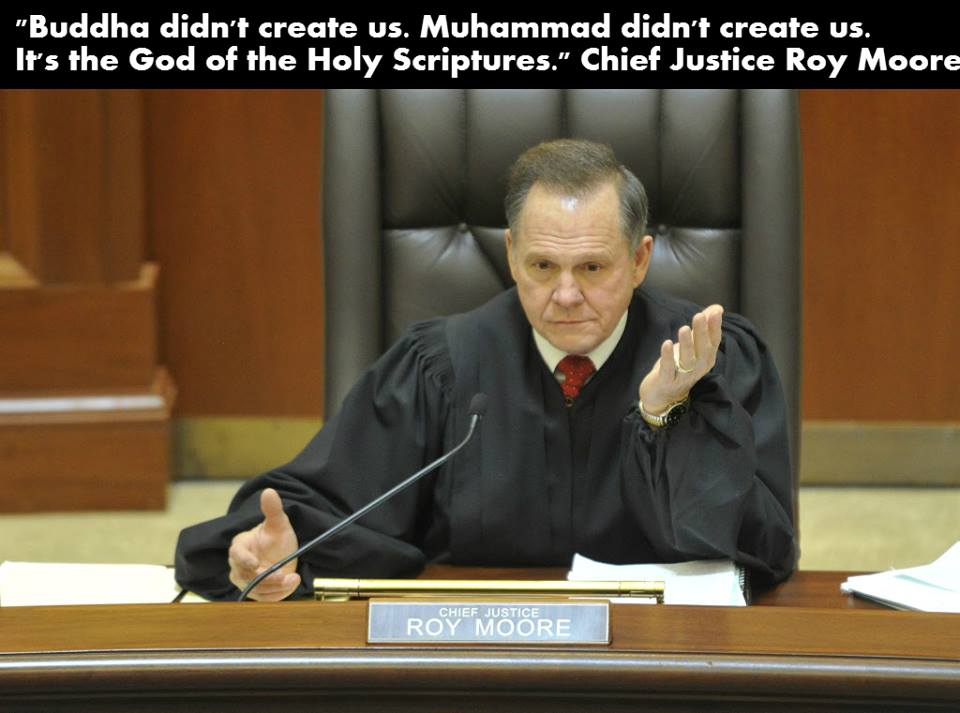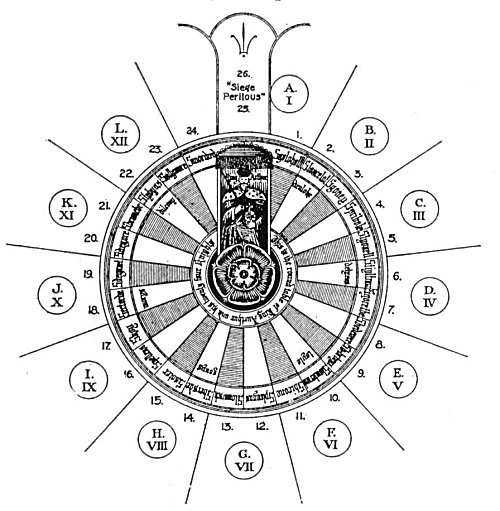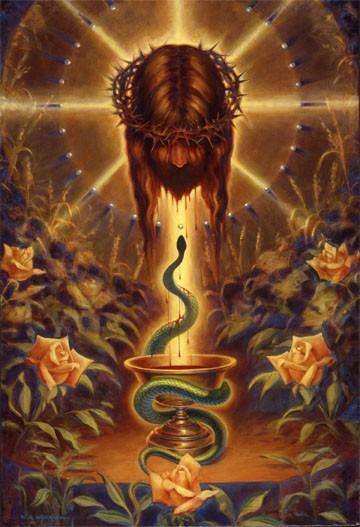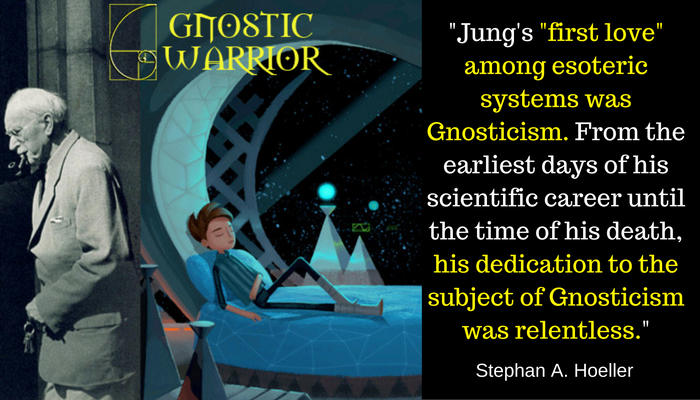At the beginning of the fourth century crowds began gathering at the door of the academy where the learned and unfortunate Hypatia expounded the doctrines of the divine Plato and Plotinus, and thereby impeded the progress of Christian proselytism. She too successfully dispelled the mist hanging over the religious “mysteries” invented by the Fathers, not to be considered dangerous. This alone would have been sufficient to imperil both herself and her followers. It was precisely the teachings
Page 253
of this Pagan philosopher, which had been so freely borrowed by the Christians to give a finishing touch to their otherwise incomprehensible scheme, that had seduced so many into joining the new religion; and now the Platonic light began shining so inconveniently bright upon the pious patchwork, as to allow every one to see whence the “revealed” doctrines were derived. But there was a still greater peril. Hypatia had studied under Plutarch, the head of the Athenian school, and had learned all the secrets of theurgy. While she lived to instruct the multitude, no divine miracles could be produced before one who could divulge the natural causes by which they took place. Her doom was sealed by Cyril, whose eloquence she eclipsed, and whose authority, built on degrading superstitions, had to yield before hers, which was erected on the rock of immutable natural law. It is more than curious that Cave, the author of the Lives of the Fathers, should find it incredible that Cyril sanctioned her murder on account of his “general character.” A saint who will sell the gold and silver vessels of his church, and then, after spending the money, lie at his trial, as he did, may well be suspected of anything. Besides, in this case, the Church had to fight for her life, to say nothing of her future supremacy. Alone, the hated and erudite Pagan scholars, and the no less learned Gnostics, held in their doctrines the hitherto concealed wires of all these theological marionettes. Once the curtain should be lifted, the connection between the old Pagan and the new Christian religions would be exposed; and then, what would have become of the Mysteries into which it is sin and blasphemy to pry? With such a coincidence of the astronomical allegories of various Pagan myths with the dates adopted by Christianity for the nativity, crucifixion, and resurrection, and such an identity of rites and ceremonies, what would have been the fate of the new religion, had not the Church, under the pretext of serving Christ, got rid of the too-well-informed philosophers? To guess what, if the coup d‘etat had then failed, might have been the prevailing religion in our own century would indeed, be a hard task. But, in all probability, the state of things which made of the middle ages a period of intellectual darkness, which degraded the nations of the Occident, and lowered the European of those days almost to the level of a Papuan savage — could not have occurred.
The fears of the Christians were but too well founded, and their pious zeal and prophetic insight was rewarded from the very first. In the demolition of the Serapeum, after the bloody riot between the Christian mob and the Pagan worshippers had ended with the interference of the emperor, a Latin cross, of a perfect Christian shape, was discovered hewn upon the granite slabs of the adytum. This was a lucky discovery, indeed; and the monks did not fail to claim that the cross had
Page 254
been hallowed by the Pagans in a “spirit of prophecy.” At least, Sozomen, with an air of triumph, records the fact. But, archeology and symbolism, those tireless and implacable enemies of clerical false pretences, have found in the hieroglyphics of the legend running around the design, at least a partial interpretation of its meaning.
According to King and other numismatists and archaeologists, the cross was placed there as the symbol of eternal life. Such a Tau, or Egyptian cross, was used in the Bacchic and Eleusinian Mysteries. Symbol of the dual generative power, it was laid upon the breast of the initiate, after his “new birth” was accomplished, and the Mystae had returned from their baptism in the sea. It was a mystic sign that his spiritual birth had regenerated and united his astral soul with his divine spirit, and that he was ready to ascend in spirit to the blessed abodes of light and glory — the Eleusinia. The Tau was a magic talisman at the same time as a religious emblem. It was adopted by the Christians through the Gnostics and kabalists, who used it largely, as their numerous gems testify, and who had the Tau (or handled cross) from the Egyptians, and the Latin cross from the Buddhist missionaries, who brought it from India, where it can be found until now, two or three centuries B.C. The Assyrians, Egyptians, ancient Americans, Hindus, and Romans had it in various, but very slight modifications of shape. Till very late in the mediaeval ages, it was considered a potent spell against epilepsy and demoniacal possession; and the “signet of the living God,” brought down in St. John’s vision by the angel ascending from the east to “seal the servants of our God in their foreheads,” was but the same mystic Tau — the Egyptian cross. In the painted glass of St. Dionysus (France), this angel is represented as stamping this sign on the forehead of the elect; the legend reads, SIGNVM TAY. In King’s Gnostics, the author reminds us that “this mark is commonly borne by St. Anthony, an Egyptian recluse.” What the real meaning of the Tau was, is explained to us by the Christian St. John, the Egyptian Hermes, and the Hindu Brahmans. It is but too evident that, with the apostle, at least, it meant the “Ineffable Name,” as he calls this “signet of the living God,” a few chapters further on, the “Father‘s name written in their foreheads.“

Moe is the founder of GnosticWarrior.com. He is a father, husband, author, martial arts black belt, and an expert in Gnosticism, the occult, and esotericism.








